Turn Words Into Products with Text-to-3D AI
The Artificial Intelligence (AI) field keeps evolving. A remarkable recent advancement that has captured the minds of creators and developers is Text-to-3D AI programs. These tools transform the words you type into prolific models and products that industrial designers can learn from.
What is Text-to-3D AI?
As its name suggests, Text-to-3D AI tools let users convert text descriptions into three-dimensional assets. The technology quickly transforms keywords and sentences into concrete designs to download. Anything, like a type of product or character model, can be forged in CAD.
Text-to-3D AI uses written prompts to comprehend, preview, and generate 3D models.
The tools rely on machine learning to interpret assets and prompts. They associate geometries with classified words to form different shapes and styles. But unlike flat text-to-2D AI, text-to-3D AI includes a third axis. The result is a model with editable surfaces that can be downloaded and manipulated in most CAD programs.
Beyond Design covered generative AI tools in our article, Supercharge Product Design with AI, and now we are leveling up from 2D to 3D investigation.
How Text-to-3D AI Built on Progress
Thanks to the recent AI revolution, Text-to-3D model AIs have garnered more attention as many players enter the 3D AI arena. A notable tool from the past few years was Google’s DreamFusion AI, which created low-polygon models from text. Below is an example of a “crab” made in 2022. Dreamfusion was impressive for the time, but it was noticeably unpolished, so Text-to-3D tools didn’t feel as imminent.
A 3D “crab” model generated by Google’s DreamFusion AI (video from Jim Clyde Monge).
Month after month, the field saw more Text-to-3D AI tools like Magic3D (by OpenAI) and Shap-E (by NVIDIA). Each AI iteration surpassed the previous products’ capabilities by adding enhancements. But because AI technology advances so fast, what Text-to-3D tools stand out to product designers in 2024?
What Text-to-3D AI Are Out There?
One of the most daunting aspects of the AI revolution is deciding what programs will work the best for your needs. Here are three 3D AI we found accessible for product design:
Luma AI, 3DFY.ai, and Meshy are three Text-to-3D AI tools product designers should know of.
1. Luma AI – Genie
A 3D “motorcycle” model generated by Luma AI’s, Genie.
Luma AI’s program, Genie, is a promising platform found at lumalabs.ai/ or through their mobile app. Genie is free, removing a barrier of entry for early AI adopters. It is also a highly accessible Text-to-3D tool due to its straightforward features that let you type and generate. The AI is still in beta, but the current version includes a diverse model set. Users can easily save files in different formats and solidify them (like Blender or your preferred slicer) to prepare them for 3D printing.
2. 3DFY.ai
A 3D “couch” model generated by 3DFY.ai.
Another Text-to-3D tool is 3DFY.ai. It creates renders based on text prompts and categorical restrictions on a pay-per-generation or annual subscription model. There are many categories (like furniture and weaponry), and more should become available as the beta develops. However, the forcefulness of categories can be restrictive, especially if your desired category does not exist in their system. The most fascinating part is that 3DFY’s AI tries to be highly ethical by not relying on internet data that may cause legal or ethical issues. Instead, they source assets in-house to avoid copyright and moral concerns.
3. Meshy
A 3D “electric car” generated by Meshy.
The last Text-to-3D AI we want to mention is Meshy.ai. Meshy offers one of the most diverse AI Platforms. Options include Text-to-3D, Text-to-Voxel, Image-to-3D, and AI texturing tools. Compared to other tools, Meshy’s current models are a bit cruder and have fewer variations. But what it lacks in crisp modeling, it makes up for in detailed texturing and graphics. These pros and cons make Meshy better suited for game design and world-building, but Meshy can be applied to product design if used creatively. The AI tool has a range of free to professional priced tiers, as well as free tutorials and training documents online.
Text-to-3D AI For Product Development
For product development, designers are getting a tool in their arsenal that is becoming sharper and sharper. Designers should not use these Text-to-3D tools to replace their workload but instead use Text-to-3D programs for creative inspiration. AI can help understand and envision new 3D structures. These programs are not a replacement for CAD experts. Instead, Text-to-3D AI tools will provide value throughout the process and expedite opportunities for hands-on feedback.
Looking Towards the Future
Looking ahead, Text-to-3D AI holds immense promise. The technology will mature and refine itself for various industries related to design. While the current Text-to-3D output models may appear primitive to advanced CAD users, remember where image generation AI programs like Midjourney were two years ago versus now (see an example of AI images of a “blender” from Midjourney’s different version below).
Midjourney advanced from V1 to V6 in under two years. Imagine how fast Text-to-3D AI will develop.
AI technology is an ocean that rises in unity. If one company advances, the entire industry sees a boost of momentum and possibility. Improvements in Text-to-3D programs mean parallel programs like Image-to-3D and Video-to-3D will also advance. If the idea is promising, then technology will eventually surpass our expectations.
Beyond Design relies on the 3D modeling tools SolidWorks and Blender for most projects, but we will pay close attention to all kinds of generative AI tools to stay ahead of the curve. Luma, 3DFY, and Meshy are just the tip of the iceberg for 3D model-based AI. These programs will immensely impact the product design and the product development process.
If you want to learn more about how product designers and AI can help grow your business, email us at info@startbeyond.com or our contact page. You can trust Beyond Design to create exceptional designs for you and your end users.
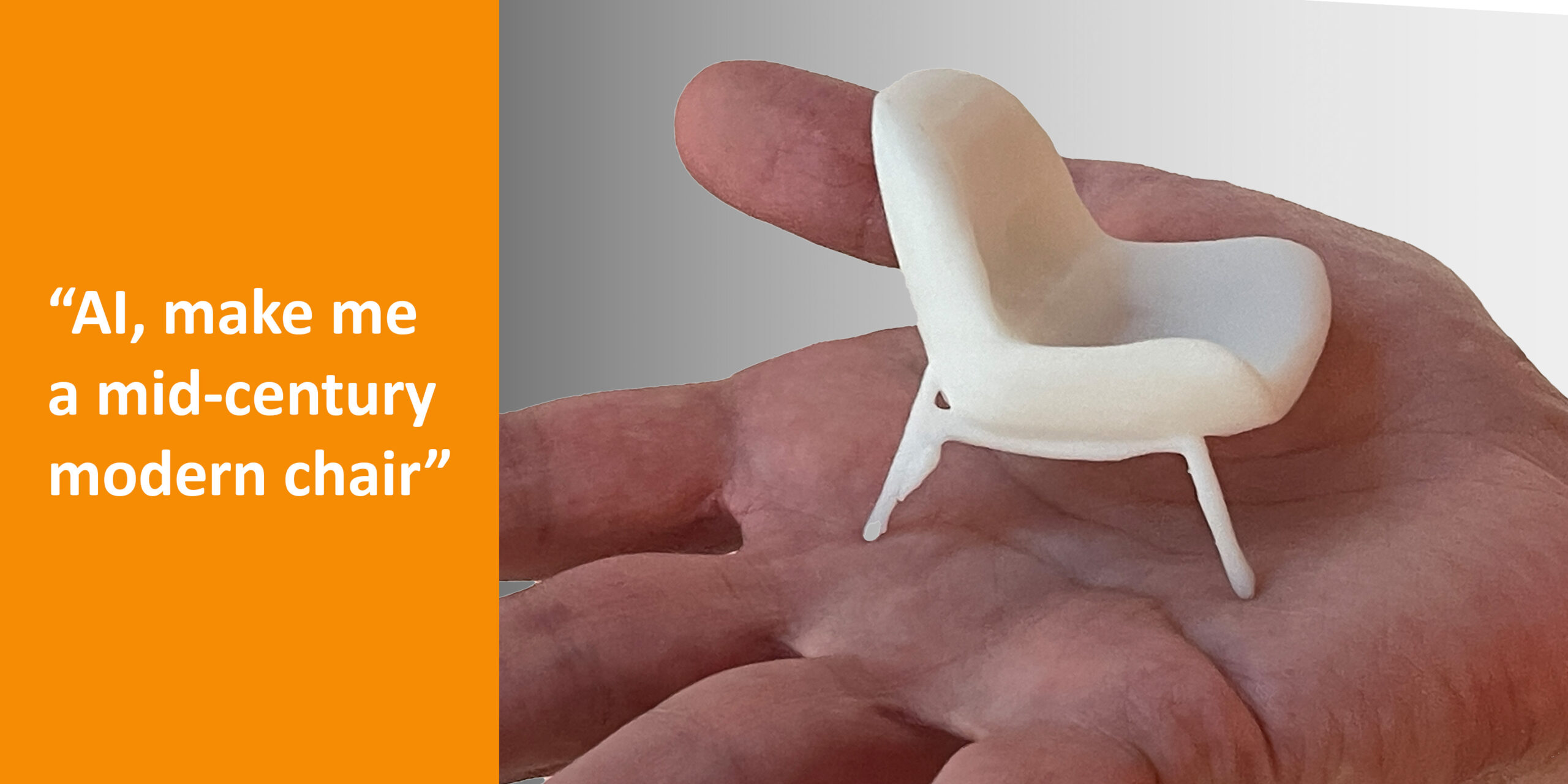
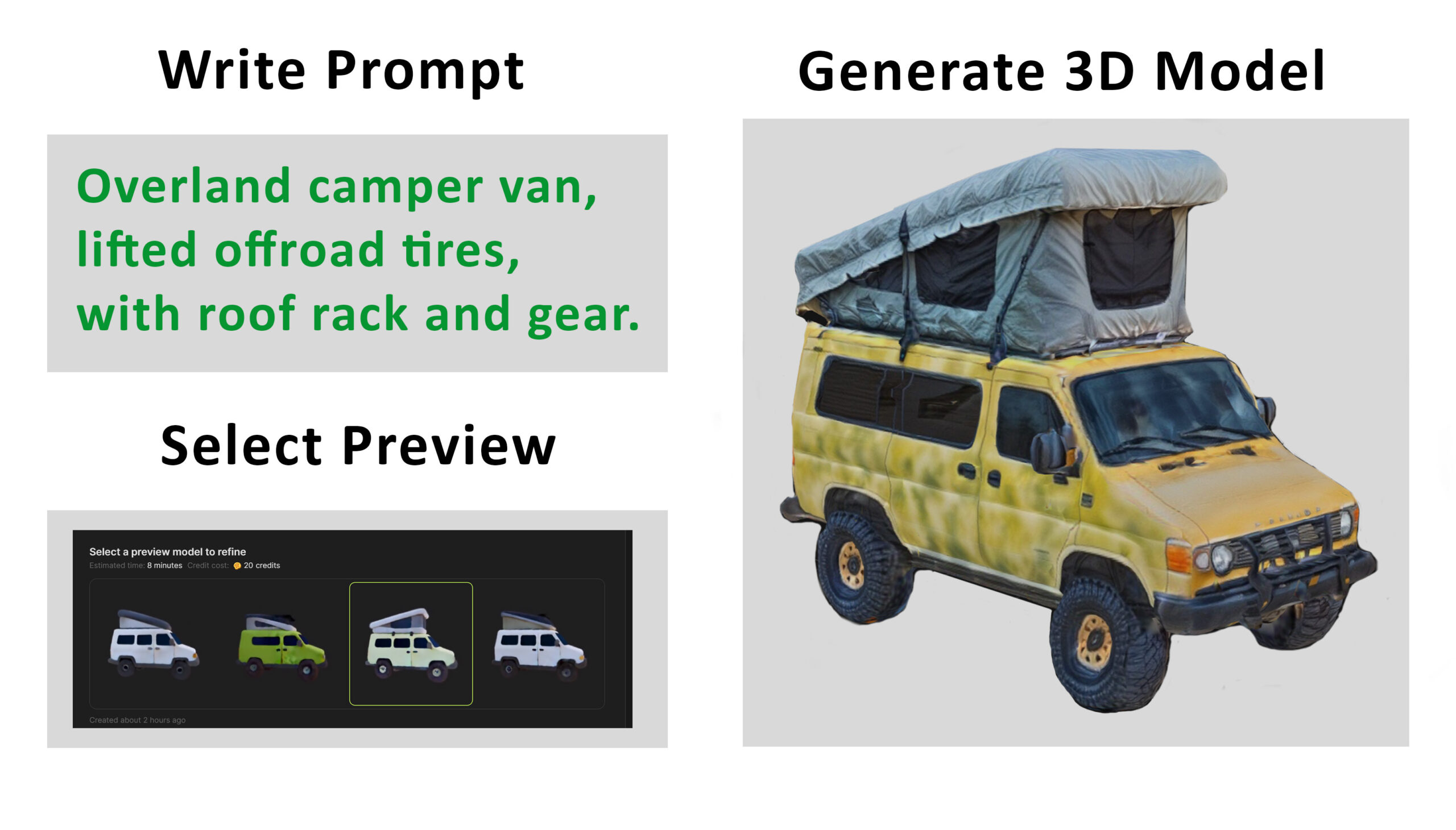
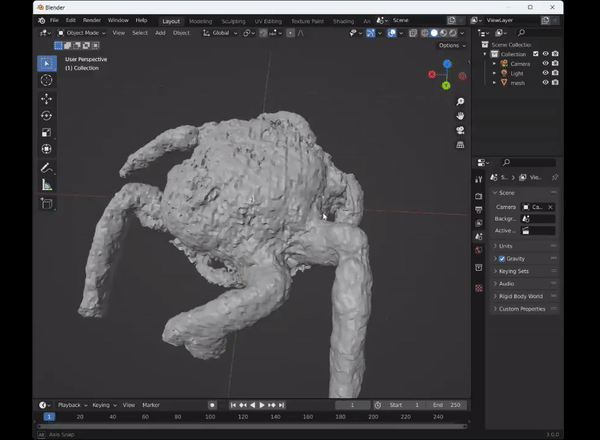
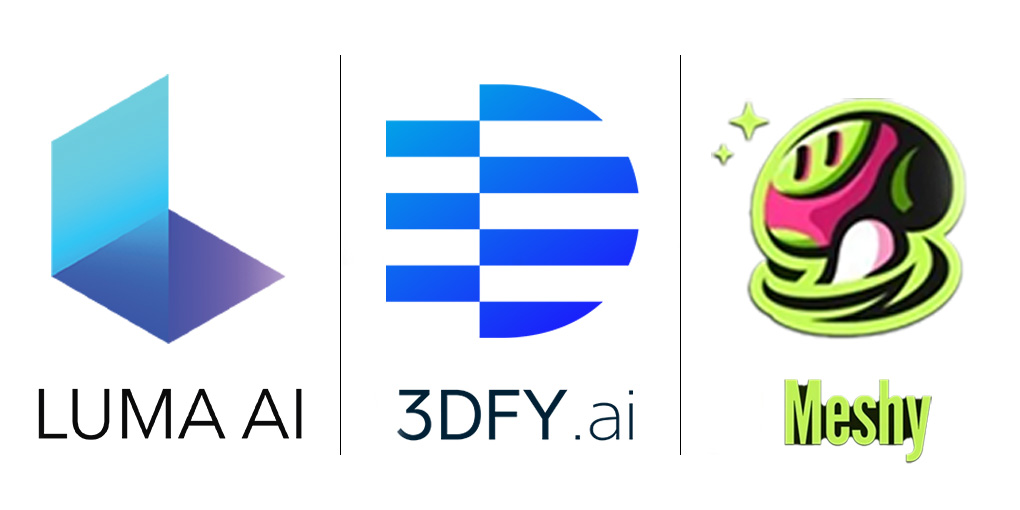
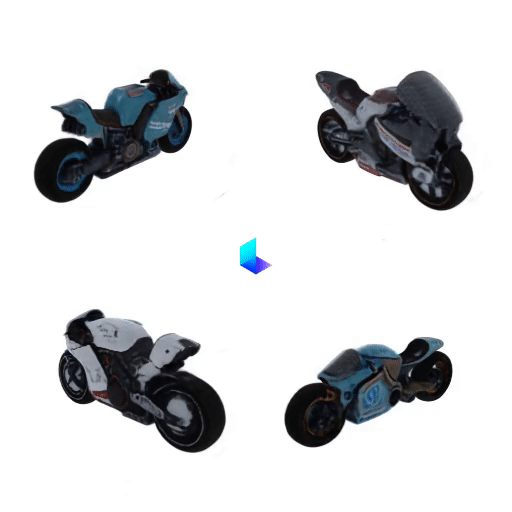
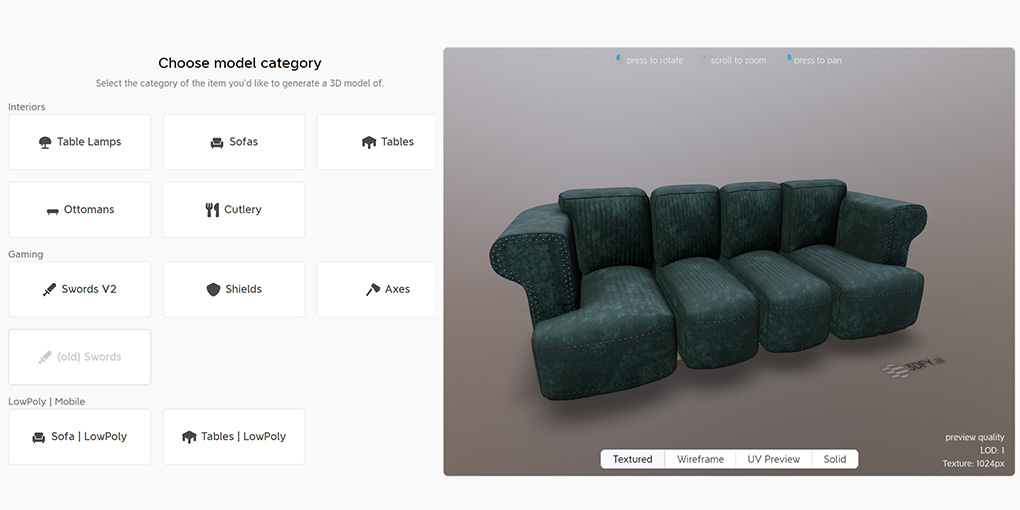
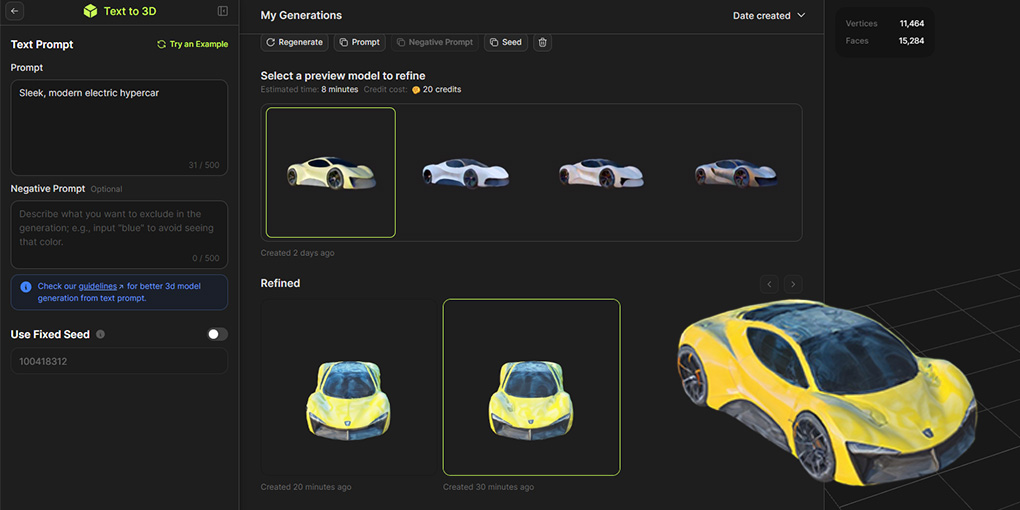
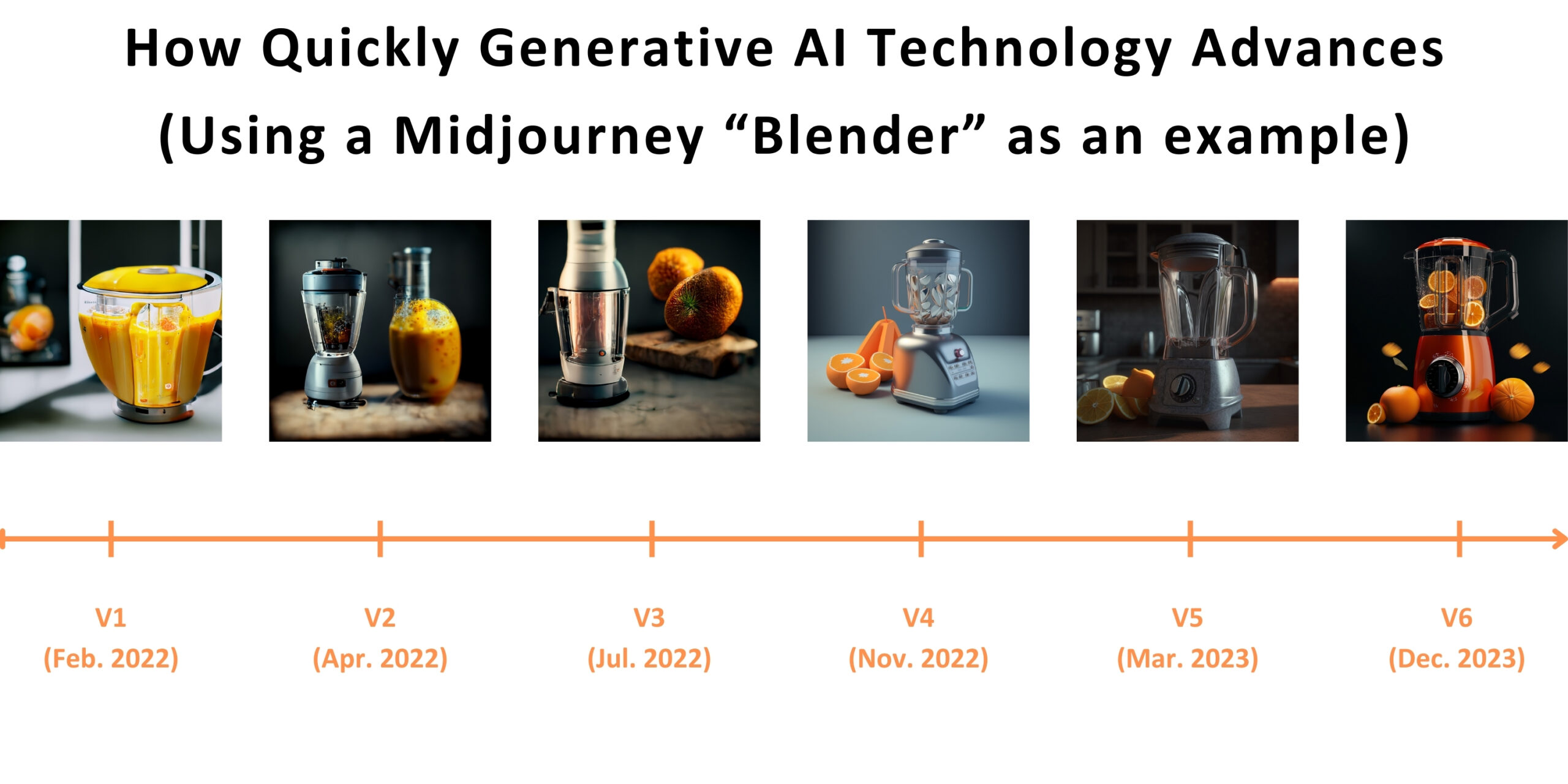
 Top
Top
